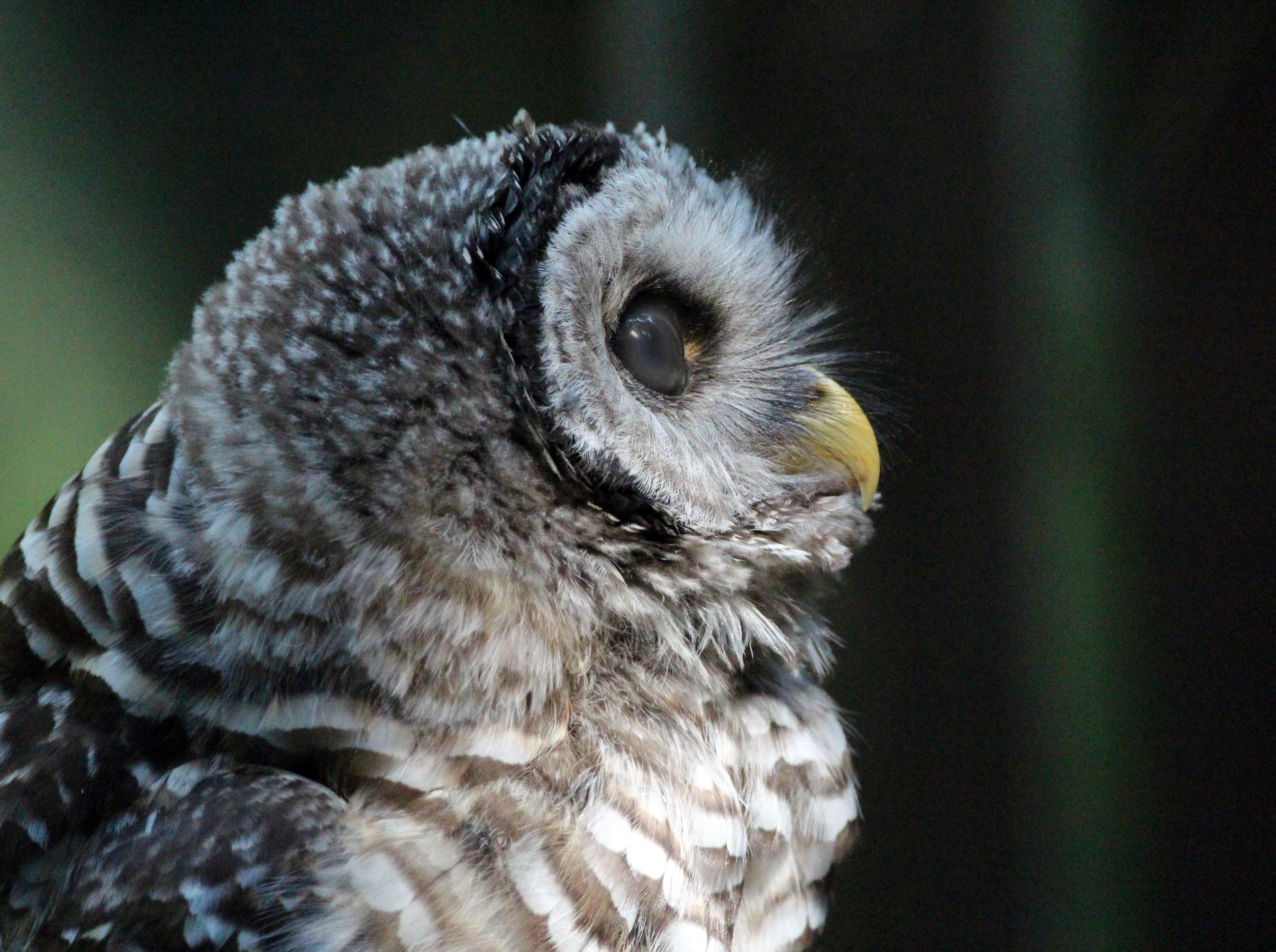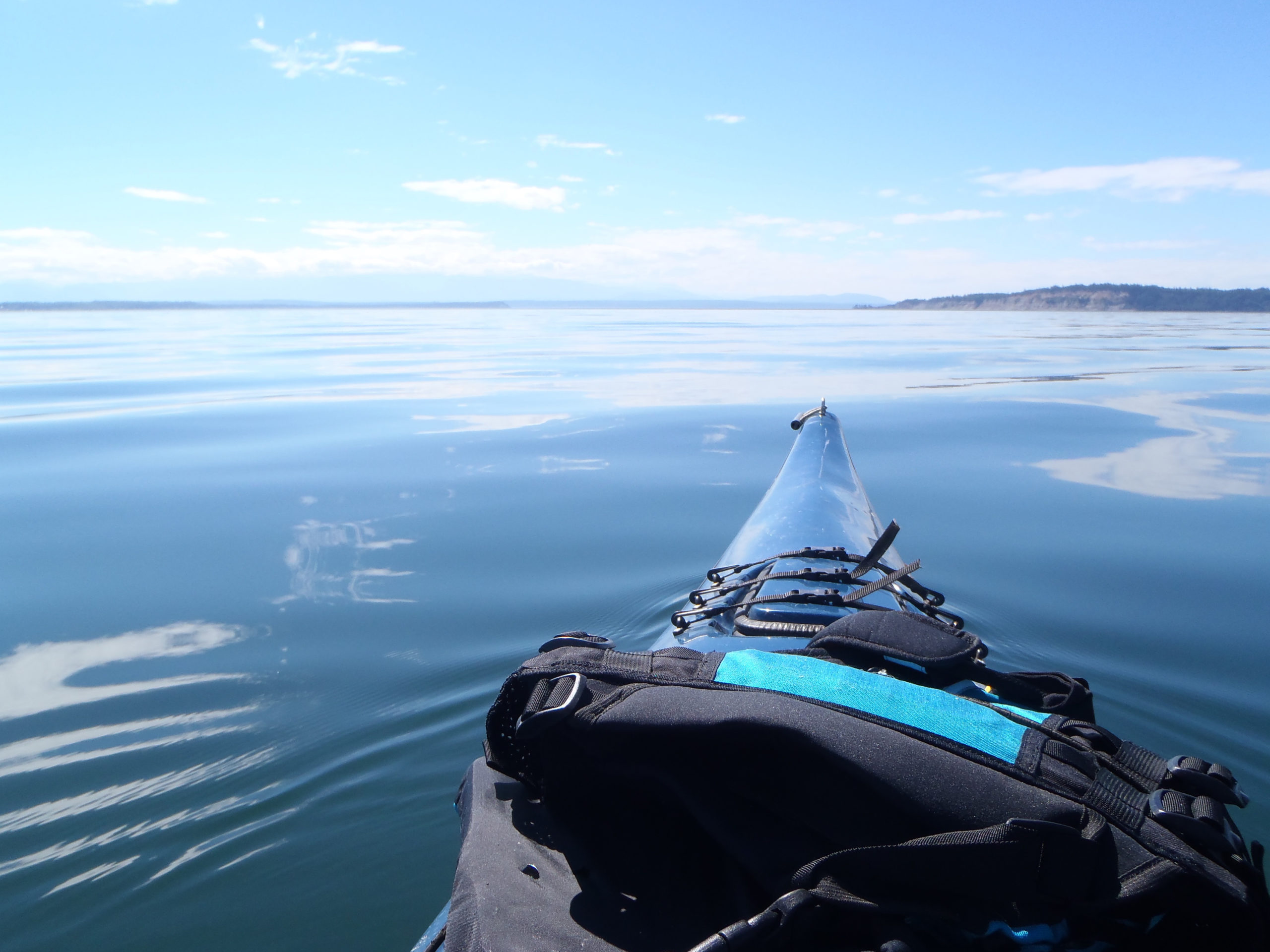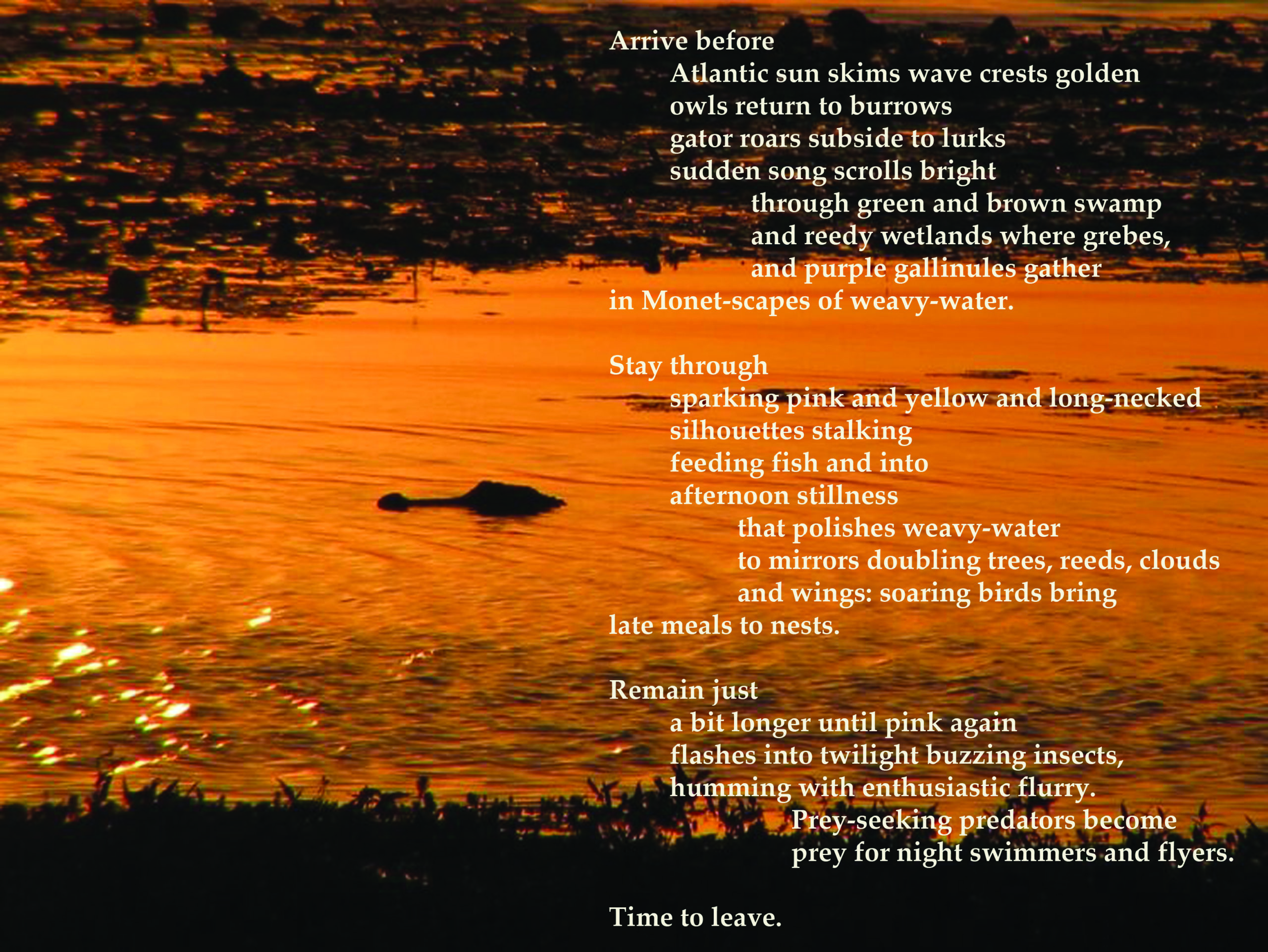
Saving the Natural World Feather by Feather
Photo by Cherie Ude
For those of us who love wild and natural places, saving the natural world for future generations, both human and wildlife, takes priority. Obviously saving the natural world isn’t a one-person job. Yet each of us plays a significant role by sharing our love of the natural world with people, showing them ways to enjoy and interact with wild and natural places. People love what they know.
SHARING YOUR LOVE OF NATURE
Educating people about our world doesn’t mean telling them what to think, how to think, or what to do. Nor do you have to be an expert yourself. Sharing your experiences doesn’t require an impressive resume.
Everyone has stories about nature. Even if you live in a megalopolis high-rise, you, yourself, are a part of the natural world, sensing the air, temperature, breezes, rain, and sun every day. You can find a lifetime of writing from your own backyard or window box.
You’ve interacted with fall leaves drifting down or you’ve fed wild birds or seen a butterfly exploring a flower. Books have been written about spider webs. Anything that captures your attention is subject matter.
Your encounters suggest ways in which other people can both experience the natural world and share those experiences.
If you enjoy photography, you’ve got people’s attention–perhaps without writing a word! For instance, this kayak photo lures the eye and mind out into the open water.

The story: Calm open water ahead!
This photo was used by Sound Water Stewards in their book Getting to the Water’s Edge. Photo by Marian Blue
If you’re a little uncertain about your photography or how you can use it for saving the natural world, check out Court Whelan As a professional photographer, he provides these free Webinars that explore ways to tell stories through photography.
Combining a few written words with a photo can help someone’s imagination catch fire.
Type conservation in Twitter and see the many examples; some of these have thousands of likes. Photos catch the eye on Facebook but even a few choice words or a link in a colored box can have an effect.
One of my books, How Many Words for Rain, includes my poetry and Lynne Hann’s photos. These poems and photos aren’t meant to educate so much as to simply show beauty in the world and human connection to that beauty.
JUST A FEW HINTS
- Re-create the experience. Provide the colors, sounds, emotions. Let readers know how you felt at the moment, how you feel when remembering, or why you want to share. Don’t tell them; show them.
- Avoid expressing your personal opinions. Let the experience speak for itself. If you start lecturing, people will leave. For instance, my opinions about hunting crept into the first blog of this Conservation series. A professional forester called me on it, and I revised it.
- Read other nature blogs and newsletters from organizations such as Audubon. This is an international interest. Reading about conservation is a great way to find inspiration.
- Your writing can be in any genre: poetry, essay, fiction. It can also be for any audience, adult or child. You can slant it for interests, fantasy to realism.
- If you do wish to provide researched information (as I did in my two past blogs), make sure your sources are legitimate and vetted. Don’t grab information off a social media site or other random site. The best sources are .org or .gov or such. Check out this site for evaluating your sources: CMU library
LOOK FOR PLACES TO SUBMIT YOUR NATURE WRITING & PHOTOS
Many magazines that focus on nature love to receive submissions. For instance, Snowy Egret Magazine, published a short story of mine called “Badlands” years ago. This fictional story about an elderly man’s connection with his land was reprinted in my collection of short stories Sailing Off the Hook. Meanwhile, I have a short essay about a memories journey into the wild forthcoming in Snowy Egret.

A day in Viera Wetlands! Photo by Cherie Ude and poem by Marian Blue published together at Points & Parks online magazine.
Recently, one of my poems, combined with one of Cherie Ude’s photos, was published this year at Parks & Points Parks & Points Magazine.
The poem tells a story about a day at Viera Wetlands, and the photo illustrates both dawn and twilight.
***
Your only limitations come from doubt. In essence, writing about and helping to save the natural world is as much a part of you as breathing.
Get started now by taking a look at International League of Conservation Writers
